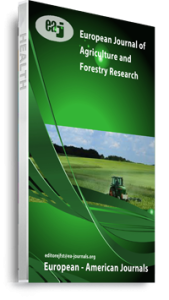Feeds produced from Senegalia mellifera species have not been considered as an alternative feed to livestock during the dry season when rangelands cannot provide quality grazing resources. This study assessed the palatability of feeds developed from Senegalia mellifera when fed to weaned Damara sheep. A Randomized Complete Block Design with sex as the blocking factor was used for the palatability trial with four diets which were randomly allocated to growing sheep. Sixteen male and female weaned Damara sheep of four to five months of age were confined in individual pens of 2.5m x 3m. The trial consisted of a 5-day adaptation period followed by a 12-day trial period. Formulated diets differed (P 0.05) in their DM, OM, EE, NDF, ADF, and ash. The control diet had a higher (P 0.05) NDF concentration compared to diets with 4% urea or 4% NaOH. Feed intake was influenced (P 0.05) by the day and diet x day interactions. Urea (8%) and NaOH (4%) treatments improved the chemical composition and palatability for S. mellifera feed, but the reaction conditions, including chemicals, concentration, moisture content, pH, and duration, need to be optimized to allow greater reduction of the lignin concentration.
Citation: Ndozi G., and Zulu A. (2023) Palatability of The Feeds Developed from Senegalia Mellifera Encroacher Bush When Fed to Weaned Damara Sheep, European Journal of Agriculture and Forestry Research, Vol.11, No.1, Pp. 1-12,
Keywords: Damara sheep, Senegalia mellifera, bush encroacher species.

